No matter if the beech forests of Central Europe, the oak woodlands of Turkey or the tropical jungle of the Western Ghats in India, forests have a special place in our hearts and culture. In stories and in art, they are places of serenity and peace, but also of fear and danger. Their portrayal and hence our associations with them are just as schizophrenic as our attitude towards nature in general. In reality, we unfortunately continue to destroy them for the sake of ‘development’ and kill the animals within them because we are scared of those as well.
People of the forest
But there are still the kind of people for whom the forest is a place of happiness, bliss and freedom. Two of these people are Alex and Cristina, who currently live inside the Mhadei Wildlife Sanctuary in the Western Ghats in the state of Goa, India. It was a long way that brought them from two completely different corners of the world, a long way in search of their forest.
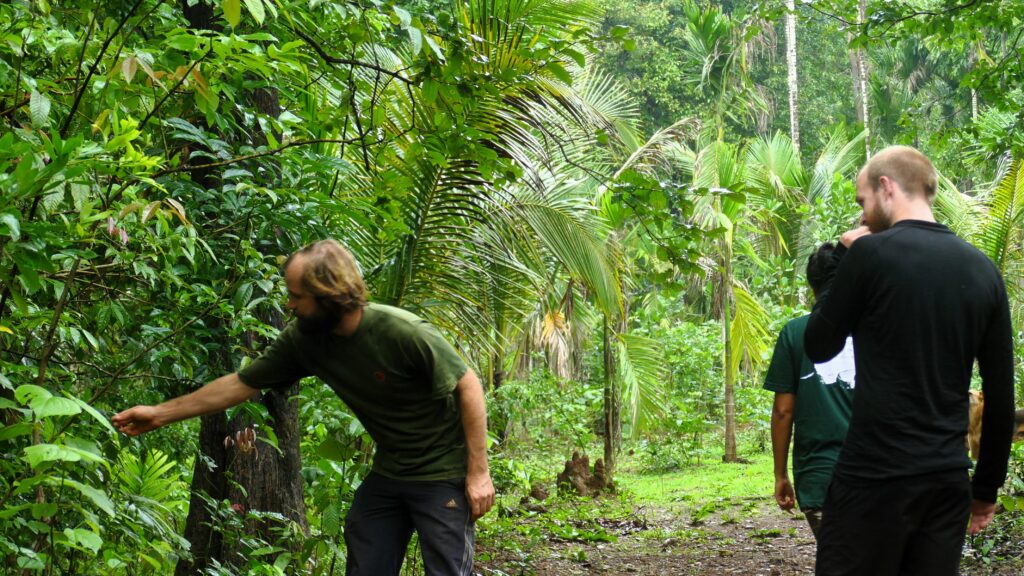

Alex is originally from the UK, but very early on developed a passion for tropical animals, especially snakes. Starting at the age of five years with an aquarium (his parents didn’t allow to keep snakes), he became more and more obsessed with the tropics and their biodiversity. At the age of 16, he raised money to go to Costa Rica, where he first saw the tropical jungle with his own eyes.
In the tropical rainforest, everything is alive.
Alex Carpenter
For Alex, it was always clear that he wanted to live in a tropical jungle, so he continued traveling across the tropics to Belize, Sri Lanka and finally Goa, gathering knowledge about tropical ecology and forest restoration. At the same time, Cristina lived a ‘normal’ life in her home country of Venezuela as an employee in sales for big companies. After nine years in this hamster wheel, she realized that this life makes her depressed and she decided that she needs to leave this hamster wheel to find happiness and a meaning in life. She decided to travel the world and visited North America, Europe and South-East Asia before arriving in Goa after five years of traveling. This is where they met each other.
Stranded in Goa’s forest
Even though neither of them planned to stay here for long, they have lived in Goa for the last eight years. When they arrived, they found a group of like-minded people and founded ‘The Tribe Goa’, a community with a café and guesthouse in a small patch of forest near the beach of South Goa. Together, they were able to rent 7 ha of degraded land, formerly a cashew plantation. They created a little haven of sustainability, creativity and self-expression and people from all across the world came to spend some time there and contribute to the project.
Under Alex’s guidance, they restored the forest by removing invasive plants, promoting the growth of native trees and recreating natural structures like small ponds. In harmony with that, they built tree houses from local, natural materials, practiced permaculture inside the forest, set up compost toilets and a solar system to live inside the forest sustainably, independently and in harmony with all other organisms. They truly coexisted with the abundant wildlife of the forest like langurs, squirrels, spotted deer, wild boars and even leopards. They happily shared their place with resident snakes who kept their kitchen tidy and free of rodents, and their restoration efforts attracted more and more biodiversity over the time like many species of frogs, birds and rare plants.
A new beginning
Unfortunately this haven was also not resistant to external and internal problems. As the community grew, so did personal conflicts and the effort to stay economically viable. The Covid pandemic and a sudden rent increase by the landowner sealed the fate of the Tribe Goa. But where one door closes, another one opens. Throughout the time in Goa, Alex has gained a reputation as a wildlife rescuer and expert for forest restoration. And since 2019, he has advised people how to restore their forests in Goa. During this time, he got to know an entrepreneur who had purchased 125 ha of forest in Goa with the aim of restoring it. He had wanted Alex to move to that property to restore the biodiversity and forest and when they had to leave their land near the beach, Alex and Cristina decided to take forward this project and move to the Mhadei Wildlife Sanctuary.
To provide food, income streams and provide a location for tourism or events, it was decided to buy a farm of 25 ha contigious with the 125 ha of existing forest.This is where they have been living since September 2022 and where we meet them. We actually have no idea what to expect when we head towards the location they sent us. All we know is that The Tribe had to leave its property and is now located in Mhadei. When we arrive, Alex and Cristina plus their six dogs welcome us warmly and we immediately start talking about biodiversity, conservation and restoration, their story and challenges, us and the world. We don’t stop talking until the afternoon the next day.
A forest in transition


right: natural ground cover with decaying leaves underneath a dense canopy
And of course they also show us around. We start at the banana-betelnut-coconut plantation, where they removed the grass and replaced it with locally sourced mulch that is the natural ground cover in this wet evergreen forest. Even though this happened not even one year ago, the results are impressive. Young banana plants are already much larger than their older parent plants, pepper creeps healthily on the trees and the ground is covered in mushrooms. They also have cashew trees, that are remnants of an old plantation, and a lot of other edible fruit trees like mangoes, papayas, guava, kokum, mangosteens and citrons. A vegetable garden, chicken coop and beehives complete a farm that is designed to provide living space and food for humans and wildlife. They incorporate all of this as much as possible into the natural forest and adopt permaculture, for example by growing turmeric and pepper in between trees. They also created a nursery, where they grow endemic trees to plant them in the forest and some ornamental plants for sale.

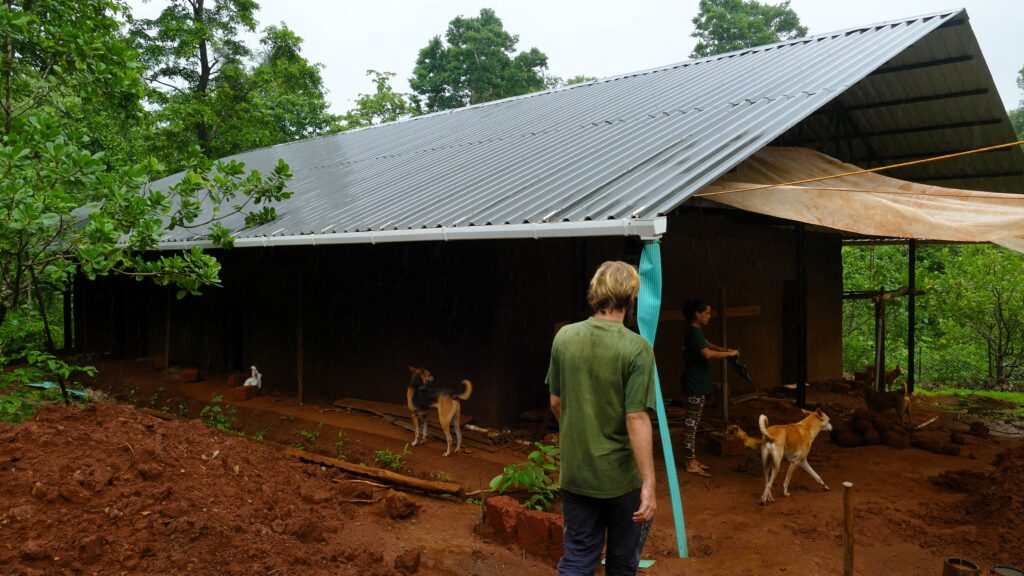
While 7-8 ha of the farm will remain an agroforestry and permaculture farm, the rest of the 25 ha will be converted back into natural forest. Also here, we can already see the preliminary results. The first measures were to remove invasive plants and creepers that covered huge areas that have been regularly burned before to keep the area open. Then they identified local saplings, cleared and mulched the area around them to promote growth. We can see these trees shooting up where the first interventions took place in contrast to vast areas that are still covered by invasive bushes or creepers that suffocate native trees. All of this is completed by the restoration of natural wetlands like streams, ponds and marshes. They dug a small pond as a habitat for frogs and many other species and have even bigger plans to renaturalize a stretch of their stream that was walled before and a marsh that has been filled in. This will create especially endangered habitats.
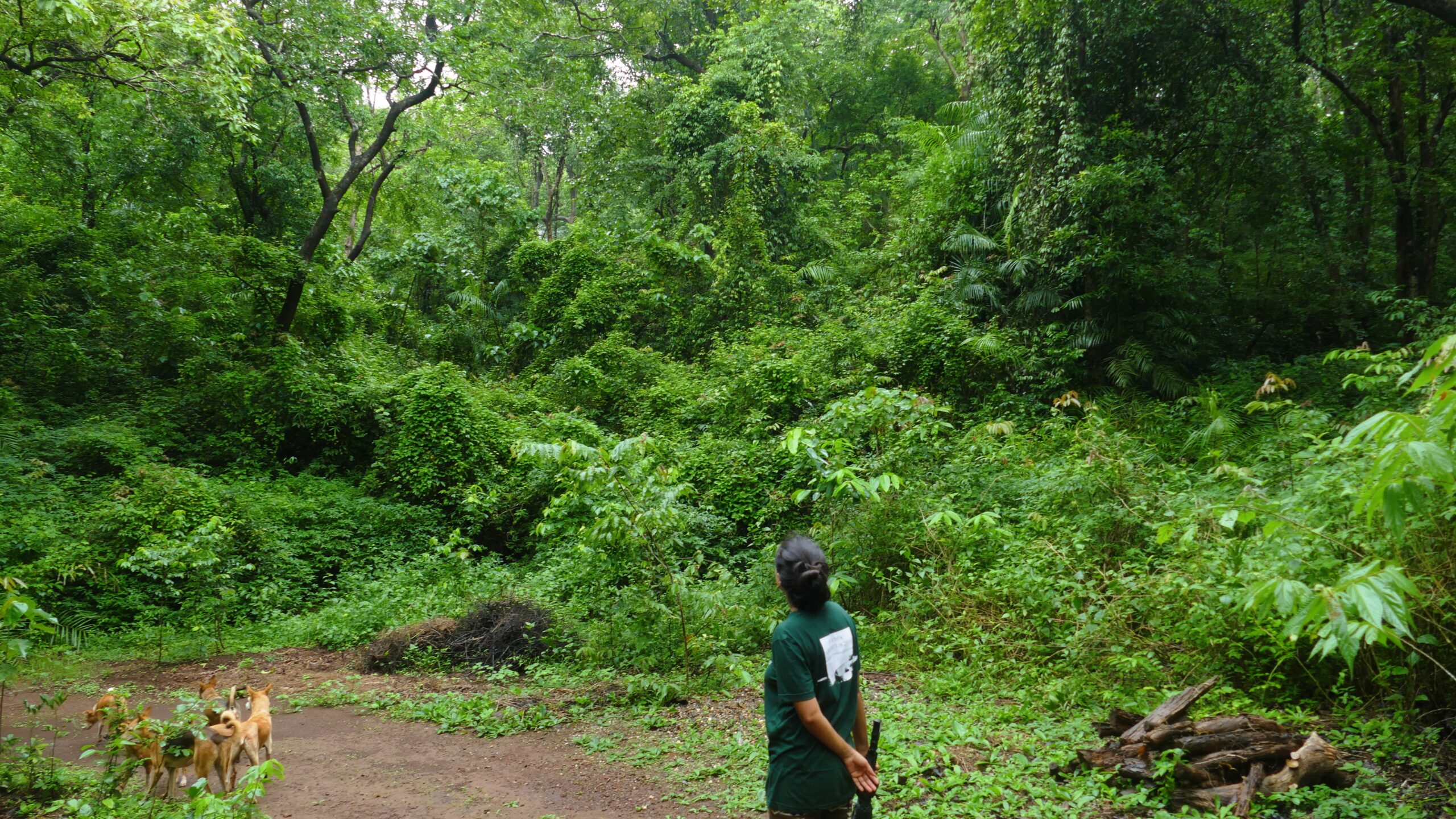

right: a healthy secondary forest after 10 months of regeneration with trees free to grow to create a closed canopy
Many stumbling blocks in the way
Seeing this beautiful place and especially how quickly it improves makes us feel like this is how humans are meant to live, too. Alex and Cristina’s love for the forest and their wish to live amidst it is contagious and we love to see how this passion directly translates into the restoration of this ecosystem. Listening to them, we feel how much energy the forest around gives them in a world where natural ecosystems are still destroyed at rapid speed.
But unfortunately not everyone in the village shares their views and this creates problems. For many decades there was a vacuum in authority in the region, leading some villagers to exploit natural resources to the extent that the entire surroundings are slowly degrading. Examples include large scale slash and burn agriculture that clears evergreen forest but gives way to low yield and low profit agriculture which is quickly abandoned, wholesale clearing of small regenerating trees for fencing and firewood, unsustainably poaching species such as deer, pangolin and gaur, even using explosives or bleach to fish that kills everything in the water body. If now Alex and Cristina want to change this, some people are clearly not happy. Especially since they are outsiders who are open about the need to change other common practices as well, such as throwing diapers and other garbage into the rivers. Even though to us all the points they address are completely self-explanatory and would clearly benefit everyone in the village, in a small community with strict and complex structures any changes proposed by an outsider can create a lot of resistance.
This conflict arises even despite the fact that they employ 14 locals at the farm and pay them better than most employers. And they don’t only do that because they need labor or they want to buy their goodwill. Alex and Cristina’s premise is always to create a community that genuinely believes in a sustainable lifestyle and sees its advantages. This is why they share all the produce from the farm with locals and teach them about permaculture and agroforestry practices as well as ecotourism, encouraging them to set up their own businesses and adopt sustainable practices. This doesn’t resolve the problems immediately, but slowly more and more villagers realize that Alex and Cristina are here to help the forest and the people living here.
A dream that will persist
Alex and Cristina are truly people of the forest. Their main dream in life is to find a piece of tropical forest that they can protect or restore and settle down there to spend the rest of their lives surrounded by frogs, snakes, birds, fruits, mushrooms, trees and everything else that lives in the forest. This place will probably not be in India as there are many practical issues as a foreigner, but they are already dreaming about Venezuela or somewhere else in South or Central America. No matter where they will find it, we are confident that they will create a paradise for biodiversity and humans and we hope that their passion and knowledge will continue to infect and educate other people.
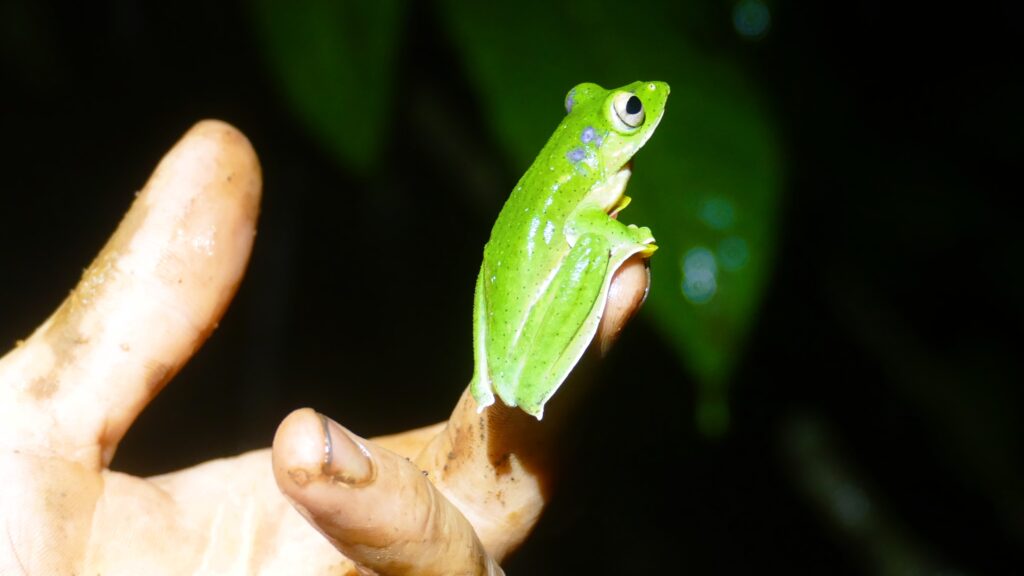
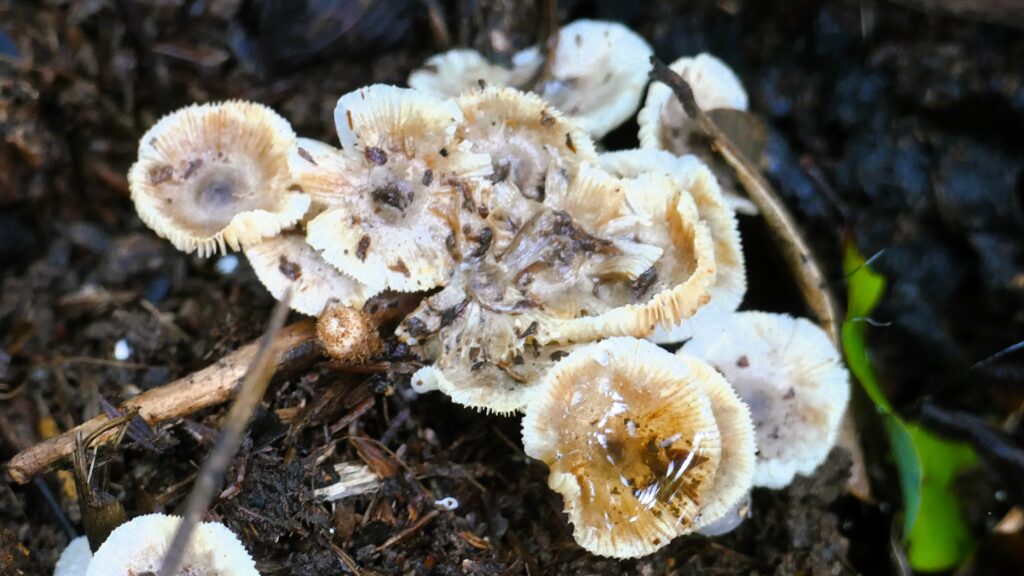
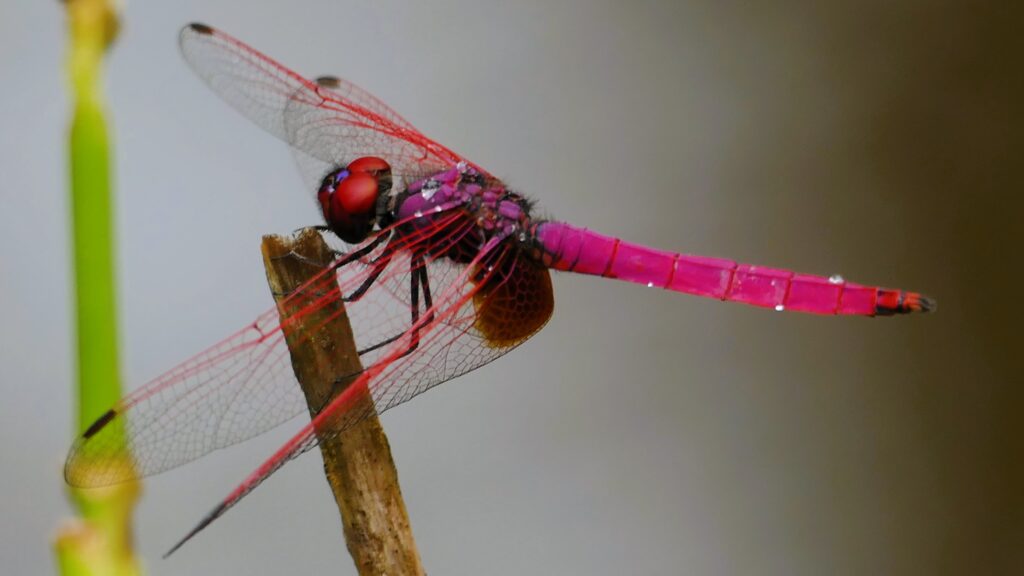
Because a place in the woods might be all you need to find happiness, live a sustainable life and have a meaningful, positive impact.

